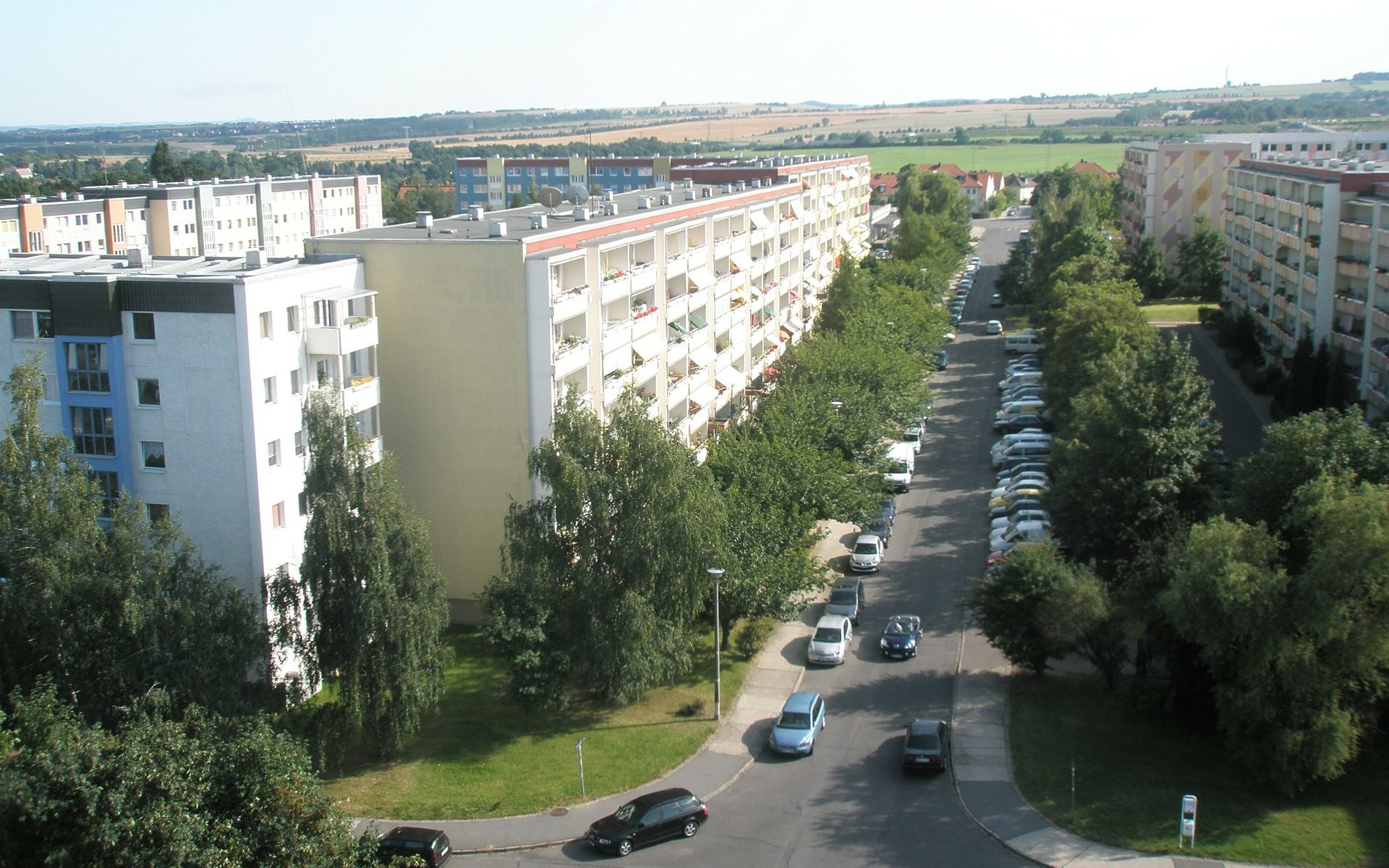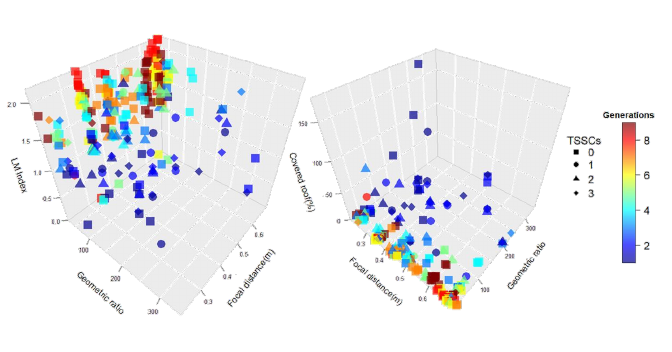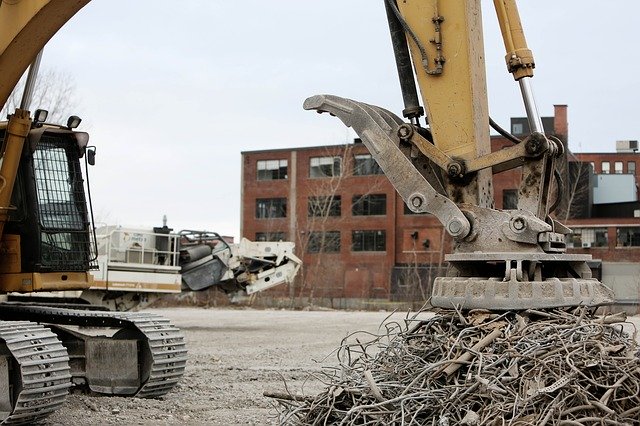One of the most important ingredients of a great scientific paper is its story line. Something that allows a reader to pick up your paper and that allows you to stay captivated while reading the entire paper from start to end. I personally believe that a story line makes or breaks a good scientific paper. So it does make sense to reflect a little more about how one can develop such a story line. Of course in scientific writing the story line needs to focus on developing an argument for a scientific contribution that contrasts with prior work, however, such a story line is important to successful publish a paper that others would enjoy reading.
When one reads interviews of famous fiction writers one of the question most often asked is about how the writer developed the idea for their latest book. Below are two examples:
I was having a conversation with friends on WhatsApp, and we were joking around about how we grew up, and the conversation turned to, of all things, how we would tend to goats in the future, and one friend was like, you know they eat everything, and the story dropped into my head, fully formed. I literally told them, got to go, just had a story idea, must go write it down! Eight hours later, Tantie and the Farmhand were born. The name, Tantie Merle, will be familiar to anyone from the West Indies, as it is also an homage to a character created by the legendary West Indian oral storyteller, Paul Keens-Douglas.
R.S.A. Garcia in Uncanny Magazine
I had the idea for this story several years ago. I was reading The Rose and the Briar, the book on American ballads that Sean Wilentz and Greil Marcus edited, and I had the idea of writing a song that was a story that was a murder ballad. It’s been on my to-do list as “murder ballad story” since 2014 or 2015. I had played with an old-time song in my story “Wind Will Rove” but I wanted to try something else with this one.
Then I had to look up the lyrics for something one day, and I went to the lyric website Genius, and that particular song was just covered with comments and interpretations and back-and-forth between commenters. The song was a modern version of a traditional ballad, but one comment was talking about how a verse was about a psychedelic trip, and then a whole bunch of other people had given the comment thumbs down because the comment assumed the song was written by the Grateful Dead when it predated them by centuries. I realized what I wanted to do was write a murder ballad and place it in history, and then have a bunch of internet song critics have their way with it, some accurately and some way off-base. That would allow me to present the song but also focus on both the specificities and the vagaries of the lyrics, the different interpretations, and the ways that various versions could change the meaning and purpose of the song. I wrote the main lyrics first, then started figuring out personalities for my characters and how they would each approach the lyrics, then adding and deleting and moving verses and comments as needed.
Sarah Pinsker in Uncanny Magazine
From these quotes it seems as if the idea for a story did come from a myriad of different sources, such as discussions with other people, the reading of secondary texts, or even inspirations from other forms of art, such as music. It also seems as if the ‘story just dropped into the author’s head’ after some time. However, it also seems that just sitting down and writing the story without the initial ideas for it does seem hardly possible. The story line needs to be developed as an idea before the writing process itself can start.
In scientific writing, developing a story line is a process that might to still need to come after the scientific study is finalized and before the actual writing process can start. Probably during this process it makes sense to discuss a lot with friends and colleagues, re-read the seminal texts that triggered the initial study, and maybe read also extant literature (all while listening to music?). Once a story line is clear the writing process can the entirely focus on communicating the story as strongly as possible to readers!





